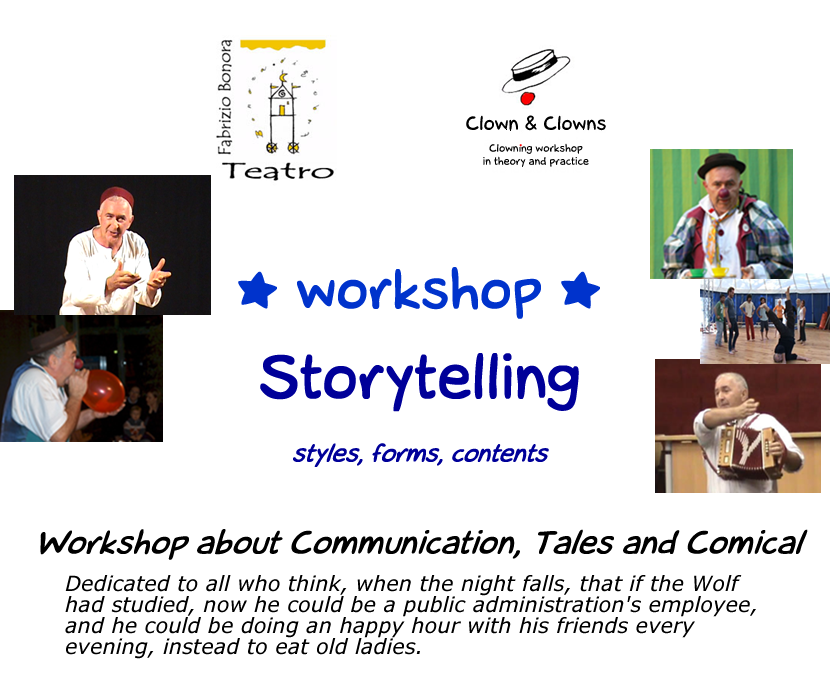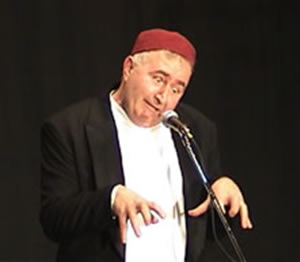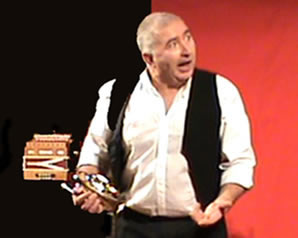What’s the difference between explaining and telling?
It can happens that a telling about an historical event was duller than a raining day, and instead to tell about the sneeze of an old lady becomes inexplicably the gag of the year.
It isn’t so inexplicable, and above all it isn’t an inimitable gift rained from heaven: the personal skills of anybody are enough to transforming a sandwich in a royal court party
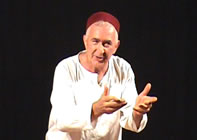
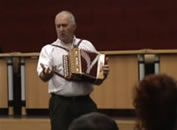

It’s important to know clearly that storytelling isn’t a “neutral transmission” of written words by other person, not even a data referring, doing the transmission of these with the same aseptic precision of the barcodes..
Often we heard talking about dispassion, impartiality, how the narrator opinion about what’s telling should be erased, in the name of a kind of “transmitted data purity”.
So it happens -at the same, or rather too much often- to watch storytelling or whole shows built with the target of saying to the spectator what is right to think about what it’s happening or saying because the Author’s intention -obviously, according to the critics, or to the common opinion- is this one, surely not that one.I firmly think that, during a storytelling, it's important for the spectator to know the opinion of the narrator. An instinctive opinion, surely not any elaborated theory. I like it, I don’t like it, it get me angry, it get me laughing, it’s silly, it’s fantastic, it's touching, these are part of the things which make living the narration in the same way for the narrator as for the audience: it isn’t any previous classifying as nice, unpleasant, annoying, comic, silly, magnificent, touching.
The relationship with the text, at this point, radically changes. There’s a space for the telling person in the center of the narration, not only simply on the stage middle. The archetype that’s having its root in any story have so a bridge which gives to it the chance of reaching the spectator, if the storyteller have the consciousness and the skill of the languages which -both daily and unconsciously - we use in our interactions.
Program
· Story or report: the Greimas’s model
· Essential, compressed and expanded
· The importance of language and the ancestral strength of dialect
· Style exercises: read, written, acted
· Excuse me, where is King Arthur Square?
· The twisting: how put toads in the Red Riding Hood’s pockets and drive her to meet the Big Bad Television
· The images and the objects
· See and hear to see and to feel
· Acting the verbality
· How to describe a seat
· Telling without words: the Gibberish (Grammelot)
· The Music use
· A fable
All participanst must choose and learn very well a tale. Traditional tales only, of course not too long.
It’s better to avoid a doubler presence, then please to communicate this choice before the beginning date.
If somebody want to incorporate in its work any object (PUPPETS AND OBJECTS AUTO-MADED ONLY) it’s possible to use it.
So, welcome to the ideas.
Who can play musical instruments bring it, please, also if it is a very simple thing. It’s essential that it could be used walking and playing different tones.
DRESS CODE: please wearing comfortable dress, which allows to easily moving (no gym wears...)
